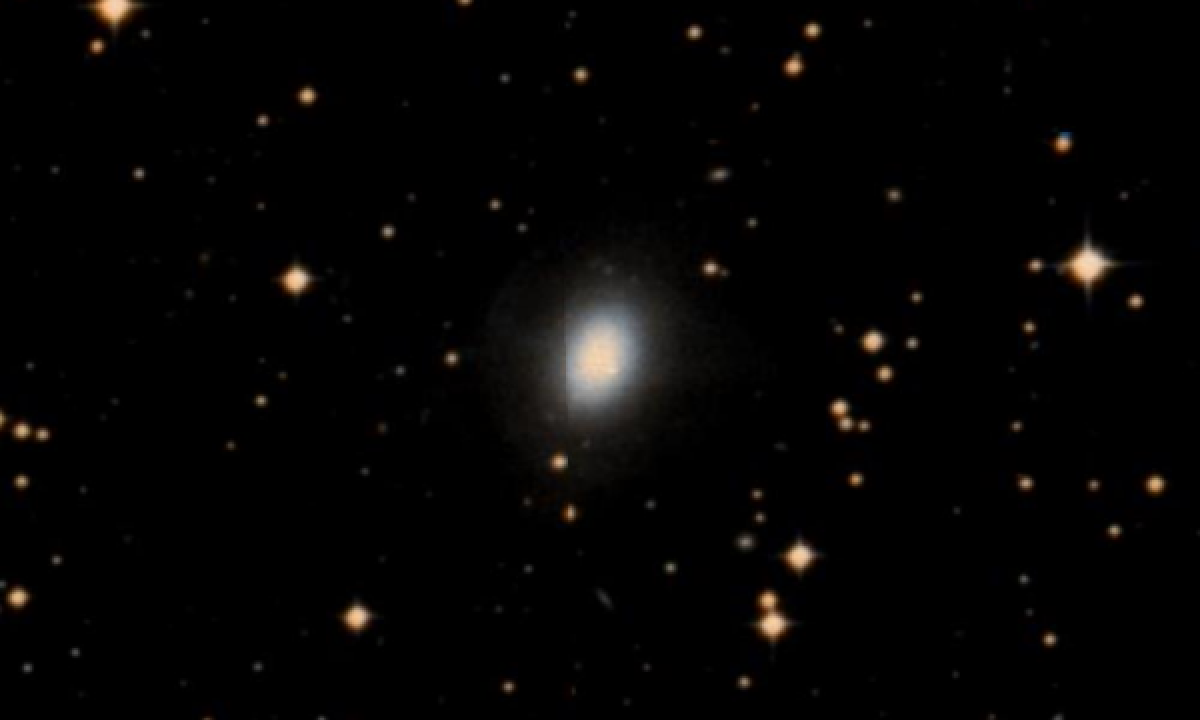The New General Catalogue of Nebulae and Clusters of Stars (abbreviated as NGC) is a catalogue of deep-sky objects compiled by John Louis Emil Dreyer in 1888. The NGC contains 7,840 objects, known as the NGC objects. It is one of the largest comprehensive catalogues, as it includes all types of deep space objects, including galaxies, star clusters, emission nebulae and absorption nebulae.
Know more about NGC
NGC 2865

NGC 2865 is an isolated elliptical galaxy in the equatorial constellation of Hydra. The core region of the galaxy shows a kinematically distinct component showing indications of a recent accretion or merger event that led to a burst of star formation around the nucleus. Observational constraints require this to have occurred within the last 100–400 million years, with the merger most likely being an Sb or Sc-class spiral galaxy. NGC 2865 displays chaotic shell features that are likely the result of an interaction. These shells provide ~11–22% of the galaxy's total luminosity and are generally more blue (younger) than the main galaxy. There is a loop to the northwest and a tail to the southeast of the galaxy, with both being typical of galaxy merger events. Seven HII regions have been identified in the tidal tails, with associated populations of young stars. A ring of neutral hydrogen surrounds the galaxy. Although there are no nearby galaxies of comparable luminosity, there are a pair of fainter gas-rich galaxies in the vicinity. These lie at angular separations of 6 arcminutes and 9 arcminutes, corresponding to projected separations of 1.0 kpc and 1.5 kpc. One supernova, SN 2016gwl (type Ia, mag. 15.9), was discovered in NGC 2865 on 2 October, 2016.
More Images:

Sources:
Wikipedia Page: NGC 2865
NGC 2865 at In-The-Sky website
